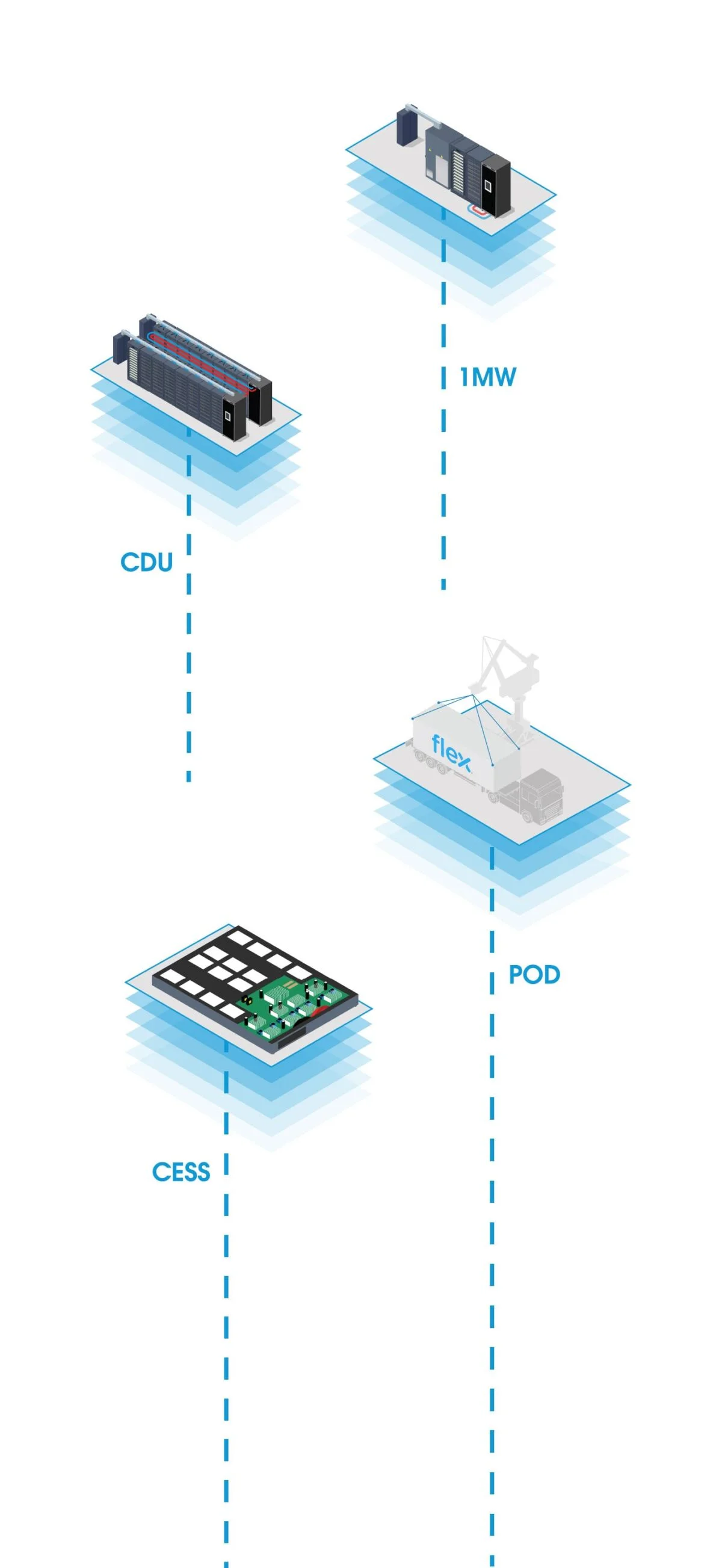
Para 2030, más de 8.370 centros de datos Estarán en funcionamiento en todo el mundo. Para ponerlo en perspectiva, en 2023 había 5306. Y no solo eso, sino que están creciendo. Los centros de datos grandes y de gran tamaño representarán el 43 % de todos los emplazamientos para finales de la década, frente al 28 % en 2025. Las empresas están invirtiendo miles de millones. Las decisiones sobre cómo hacerlo tienen grandes consecuencias.
En una industria joven, altamente competitiva y con un enorme potencial, puede resultar tentador priorizar las tecnologías propietarias en detrimento de las soluciones prácticas para obtener una ventaja competitiva a largo plazo. Si bien es importante defenderse de los competidores que podrían apropiarse de la propiedad intelectual innovadora, para los operadores de centros de datos, la clave del éxito reside en la capacidad de cómputo; y cuanto más se tarde en implementar completamente una instalación, más se aleja la rentabilidad. Deben sopesar las posibles ventajas de las tecnologías a medida frente a la oportunidad perdida mientras esperan el tiempo de actividad. Los sistemas modulares les permiten pasar de la construcción a la puesta en marcha mucho más rápido.
Para satisfacer la demanda, los operadores de centros de datos deben optimizar y agilizar el despliegue de infraestructura siempre que sea posible. Forjar relaciones de colaboración mutuamente beneficiosas se ha vuelto aún más urgente, ya que los actores del sector compiten por relevancia, liderazgo e ingresos en un mercado en constante evolución. A menudo, estas colaboraciones se centran en el desarrollo de soluciones modulares prefabricadas que integran diversos productos en unidades escalables, lo que facilita enormemente la puesta en marcha, la modernización, la reconfiguración y el mantenimiento de la infraestructura del centro de datos, desde los sistemas de alimentación y refrigeración hasta los racks de megavatios que ejecutan cargas de trabajo de IA.





